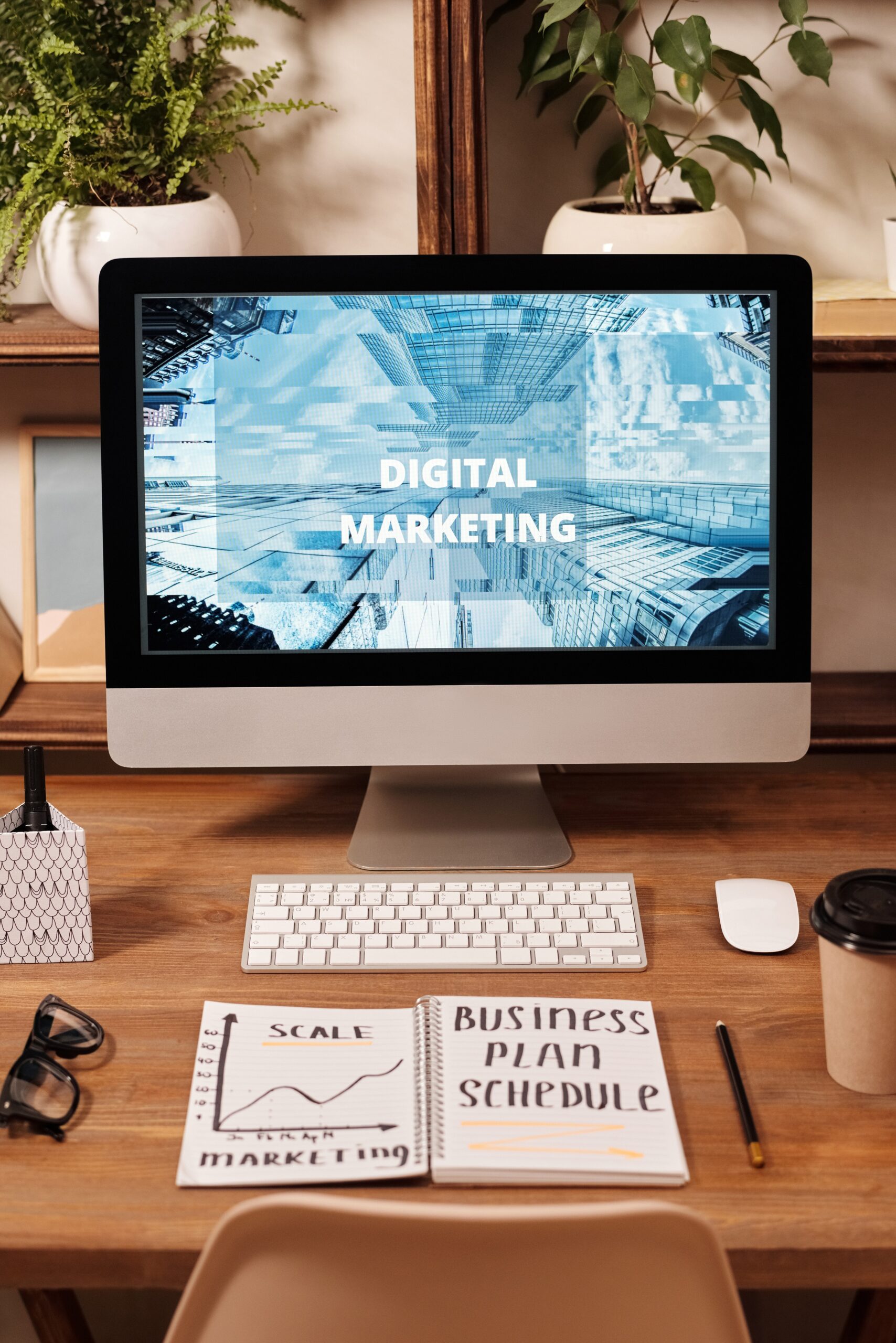The digital design industry has evolved significantly in recent years. With advancements in technology, design software, and a greater need for user-friendly digital experiences, digital design has become an essential component of any successful business. The future of digital design is exciting, and it is set to revolutionize the way we interact with technology. In this blog post, we will explore some of the key trends and advancements that are shaping the future of digital design.
-
Artificial Intelligence and Machine Learning
Artificial intelligence (AI) and machine learning (ML) are transforming the way designers approach their work. AI algorithms can now generate designs based on user input, making the design process faster and more efficient. Additionally, AI and ML are being used to analyze user behavior and adapt designs in real-time to create a more personalized user experience. Some popular SEO keywords related to this topic include “AI-powered design,” “machine learning in design,” and “design automation.” -
Virtual and Augmented Reality
Virtual and augmented reality (VR/AR) have come a long way in recent years, and they are set to play a significant role in the future of digital design. VR/AR technology allows designers to create immersive experiences that can transport users to different worlds or enhance their real-world experiences. As this technology becomes more accessible, we can expect to see it being used in a wide range of applications, from product design to education and entertainment. SEO keywords related to this topic include “virtual reality design,” “augmented reality experiences,” and “immersive digital design.” -
Responsive Design
Responsive design has been around for a while, but it remains an important trend in digital design. With the increasing use of mobile devices and varying screen sizes, designers need to create designs that can adapt to different devices and screen sizes. This means designing with a mobile-first approach and using responsive design techniques to ensure that designs look great on any device. SEO keywords related to this topic include “responsive web design,” “mobile-first design,” and “adaptive design.” -
Minimalism and Simplification
In recent years, we have seen a trend towards minimalism and simplification in digital design. This trend is set to continue as designers focus on creating designs that are clean, simple, and easy to understand. By removing unnecessary elements and focusing on the essentials, designers can create designs that are more effective and engaging. SEO keywords related to this topic include “minimalist design,” “simplistic design,” and “clean digital design.” -
Accessibility and Inclusivity
Accessibility and inclusivity are becoming increasingly important in digital design. With a growing awareness of the need to create designs that are accessible to everyone, designers are focusing on creating designs that are easy to use and understand for people with disabilities or different cultural backgrounds. This includes designing for people with visual impairments, hearing impairments, or cognitive disabilities. SEO keywords related to this topic include “accessible design,” “inclusive design,” and “design for disabilities.”
The future of digital design is exciting, with new technologies and trends emerging all the time. By staying up-to-date with the latest developments in the industry, designers can create designs that are innovative, engaging, and effective. As the digital landscape continues to evolve, we can expect to see even more exciting advancements in the field of digital design.


